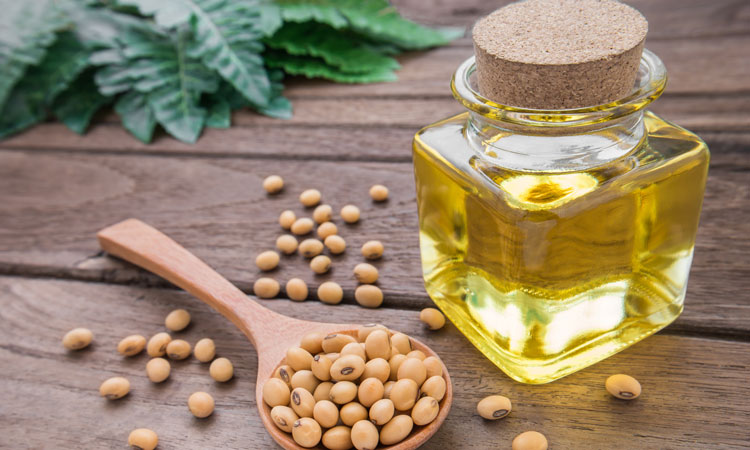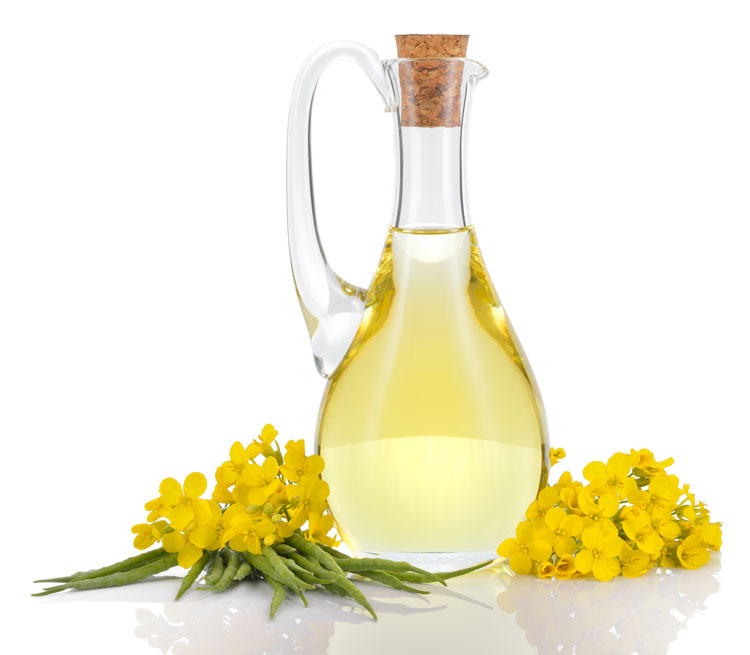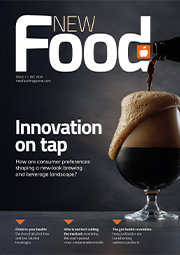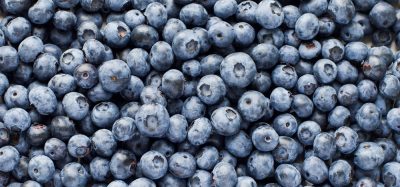Edible oils – minimising contaminants to improve quality
- Like
- Digg
- Del
- Tumblr
- VKontakte
- Buffer
- Love This
- Odnoklassniki
- Meneame
- Blogger
- Amazon
- Yahoo Mail
- Gmail
- AOL
- Newsvine
- HackerNews
- Evernote
- MySpace
- Mail.ru
- Viadeo
- Line
- Comments
- Yummly
- SMS
- Viber
- Telegram
- Subscribe
- Skype
- Facebook Messenger
- Kakao
- LiveJournal
- Yammer
- Edgar
- Fintel
- Mix
- Instapaper
- Copy Link
Posted: 20 August 2017 | Dr. Mohammad Alam - Texas A&M University | No comments yet
Consumers are becoming more health conscious when it comes to oils and fats, perhaps due to increased awareness from conferences, research and media outlets focusing on the impact of fats and oils. The result is that the edible oil industry, specifically refineries, is having to join the discussion and even change their processing techniques in order to improve the oil quality and minimise the various contaminants that are being produced during the refining process. Dr. Mohammad Alam of Texas A&M University explains further.


One such contaminant is 3-monochloropropanediol – known as 3-MCPD. It was first identified in acid hydrolysed vegetable proteins decades ago. However, very recently a group of researchers in the Czech Republic identified the same compound in edible oils. Several studies found elevated levels of 3-MCPD and glycidyl fatty acid esters (GE) in a wide variety of retail processed foods such as, cereals, biscuits, crackers, doughnuts, breads and infant formulas.
However, refined oils contain the highest levels of 3-MCPD and GE. In refined oil these contaminants are produced during the refining process and are therefore referred to as “processed induced contaminants.” The true mechanism of the formation of these contaminants is still an active topic of research for many in the edible oil industry.
However, the oil also contains around 3-5% of minor components such as free fatty acids (FFA), phosphatides (gums), monoacylglycerols (MAGs), diacylglycerols (DAGs), peroxides, tocotrienols, phytosterols, and many others. Due to the presence of these minor components the crude oil is subjected to chemical and physical refining processes before being consumed in various foods.
Refining
Refining vegetable oil is a complex process involving multiple steps. Each step involves high temperature treatment (180-450 ºF) and a long contact time with various chemicals. The basic refining steps are degumming (removing gums), caustic refining (removing the FFA), bleaching (removing colour bodies, metal ions) and deodorisation (final polishing of the oil to make it edible grade). These unit operations are essential in order to improve the quality and shelf life of the oil.

To name a few, crude soybean, canola, rapeseed and sunflower oils are first chemically refined-meaning the crude oil is treated by some acids (citric or phosphoric acid) and bases (NaOH/KOH) – standard procedures of the refining industry. However, most of the time palm, palm kernel and coconut oils are physically refined – meaning no chemicals are added during the refining process. However, these tropical oils are mostly treated with acid activated bleaching clay before being deodorised or distilled. Surprisingly, refined palm and palm stearin contains the highest concentration of 3-MCPD and GE despite not being chemically refined. Recently, an extensive report (Food Additives and Contaminants – Part A, Volume 30, 2013) on concentration of 3-MCPD and GE resulted in the testing of more than 100 industrial oils. The range of 3-MCPD reported from 0.09 mg kg-1 (ppm) to 7.2 mg kg-1 (ppm) in various oils. The highest concentrations of 3-MCPD and GE were found in refined palm oil and palm oil.
Theories
There are many theories and speculations that are being debated regarding the probable cause of the formation of 3-MCPD and GE in edible oils. It is, perhaps, the chlorine source of the bleaching clay (acid activated clay), the water, the temperature, acidity/pH, the MAGs, DAGs or even the TAG molecules that could be a source of these contaminants. Any of these components – along with a chlorine source at high temperature treatment – could trigger the formation of these side products. Many have suggested the DAG molecule in palm oil is producing the GE through a radical formation that requires a high temperature. However, there is also a report that explains that DAG may not be the only critical factor – instead, it may be the pH of the bleaching clay that has a strong impact on the 3-MCPD ester formation upon heat treatment. It is reported that chlorination of acylglycerols can take place during the deodorisation process and that may result in the formation of MCPD molecules.
Very recently, Malaysia and Indonesia – the two major palm oil producers – have implemented new practices engaging new technologies that minimise the formation of these contaminants. For example, quickly inactivating the lipase enzyme in palm; shortening the harvest time; and immediate processing of the palm fruits in the mills, have all been found to have a positive effect in reducing these contaminants. The newly adopted practice of washing the crude palm oil or the fruits with ethanol and water has reduced the level of contaminants significantly. Several studies have been carried out on the effects of bleaching clay and pH on the formation of 3-MCPD and GE. Activated bleaching clay with low pH (3-4) produced more 3-MCPD and GE compared to natural bleaching clay.
Several mitigation processes are being developed for the palm oil industry to minimise these contaminants. The most effective is the modification of the deodorisation process followed by the post-removal of formed esters. All these modifications and revised practices will take time to become fully adopted but there seems to be a clear path toward achieving this goal. Unfortunately, changes do not come fast in the food industry and its biggest challenge is to develop a suitable analytical method that is both feasible and reliable. Several methods have been reported in literature. The prominent ones are the direct and indirect methods that are being used by many laboratories with somewhat satisfactory results. However, both these methods have strengths but also weaknesses. The direct methods seem to be more user-friendly but less reliable, whereas the indirect method requires advanced equipment such as GC-GCMS hence provides more accurate results. Here at the Process Engineering R&D Center of Texas A&M University we are more focused on the processing side and diligently working with various oils at low temperature and with natural clay to minimise the formation of these contaminants.
Health risk
No human toxicological data is available for 3-MCPD and GE. However, the European Food Safety Authority (EFSA) has classified 3-MCPD as a possible human carcinogen based on some animal studies. In rodents 3-MCPD appeared to be carcinogenic and also indicated being a male antifertility. Glycidyl ester (GE) is considered to be a genotoxic carcinogenic compound which damages the DNA and causes mutation and cancer in rodents. In 2001 the European and national scientific authorities set a limit of 2 μg/kg body weight/day for 3-MCPD. However, for GE no total daily intake (TDI) has been set. There is a need for additional research in order to determine the doses that could potentially be harmful for human health.
3-MCPD and GE are present in its free and bound forms in thermally treated foods, edible oils and fats, and infant foods. High temperature seems to be the major contributor to the formation of these contaminants in edible oil. Going forward, a key factor that needs attention is the elimination or significant lessening of the chlorine source (mostly from the bleaching clay) – which acts as a precursor for these molecules – in order to improve processing. There is a potential need for further research in this area, particularly to determine the doses that could affect human health.
Biography
Dr. Mohammad Shahin Alam is the head of the fats and oil programme at the engineering processing centre at Texas A&M University. Dr Alam completed his Ph.D. in lipid chemistry from the University of Hong Kong in 1999. Subsequently, he worked as post-doctoral fellow at the University of Uppsala, Sweden, Washington State University (Pullman, WA) and University of Vermont (Burlington, VT) before joining Texas A&M in 2006. Dr Alam’s research focuses mainly on green processing of specialty oils including soybean, canola and palm oil.
The rest of this content is restricted - login or subscribe free to access


Why subscribe? Join our growing community of thousands of industry professionals and gain access to:
- bi-monthly issues in print and/or digital format
- case studies, whitepapers, webinars and industry-leading content
- breaking news and features
- our extensive online archive of thousands of articles and years of past issues
- ...And it's all free!
Click here to Subscribe today Login here
Issue
Related topics
Contaminants, Fats & oils, Food Grade Lubricants, Food Safety, Processing









